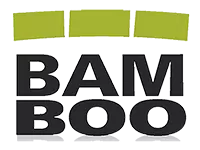Updated on April 22, 2021
Adult kung fu
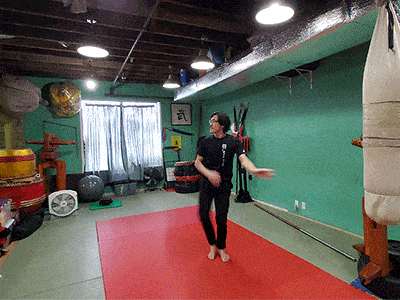
Choy Li Fut kung fu is a dynamic martial art style with a diverse repertoire of movements. Our class curriculum primarily aims to improve overall fitness ... Read more
New trainees will gradually progress through the kung fu skill level curriculum. The skill level of the individual is evaluated by the demonstrative performance of skills and the ability to apply in controlled contact simulated sparring environment. ... Read more
Choy Li Fut kung fu class for adults
Our Choy Li Fut kung fu class helps improve overall fitness at the same time teaches self-defence skills and movement skills for activities of daily living.
The adult kung fu classes are available online or virtually.
Find out more about details and in on setting up for online classes.
.... Read more
The class structure of Choy Li Fut (abbreviated: CLF) kung fu for adults is geared towards helping you achieve your primary goal: improving overall fitness, and indirectly, improving mental health i.e., better focus, improve calmness, reduce effects of anxiety, relieve stress, etc.
The secondary benefits are many: self-defence knowledge, gain an understanding of how to physically apply a good technique of movements and develop good habits for activities of daily living (ADL). Having the capability will help you perform your day-to-day tasks more effectively and reduce injury risks.
Read less
General characteristics of Choy Li Fut kung fu
Choy Li Fut kung fu is a dynamic martial art with a wide variety of movements. The movements are of big circular arm swings, swinging legs for batting lower limbs against a target e.g., the roundhouse kick or for leg sweeping, etc., waist torquing, extensive repertoire of footwork for positioning, in combination with straight-line direct stabs of punches or kicks.
More information:
Exploring the history of Choy Li Fut kung fu
In-depth review of Buk Sing Choy Li Fut kung fu.
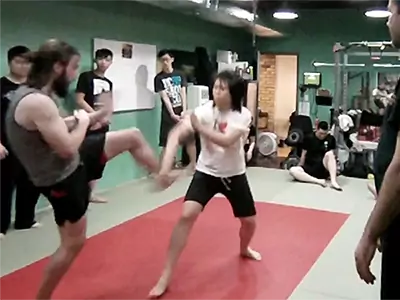
Kung fu skill level structure
New trainees to our martial art program will progress through our tiered-level curriculum.
Although it is a tiered curriculum, we don’t use belt ranking.
We gauge skill improvements by demonstrative performance and the ability to apply skills in controlled-contact sparring.
.... Read more
Foundation level - Anatomical adaptation and introduction to principles of CLF
- Training objective: Anatomical adaptation and at the same time introduce principles and techniques of CLF.
- Program duration: approx. 3 months – 6 months of consistent training (depending on physical aptitude and physical competence)
- Length of each training session: 90 minutes
Anatomical adaptation:
Beginner level martial art trainee will begin with the following:
- Warm-up, callisthenics, mobility exercises: We always begin with whole-body general physical training, a list of warm-up exercises, callisthenics then followed by some mobility exercises to increase range of motion. Most of our exercise routines are done with bodyweight resistance.
- Weight training or resistance training to address specific joint or muscle groups: Should the need arise, we will incorporate resistance training a.k.a. training with weights, kettlebells, medicine ball, dumbbells, barbells weight, resistance bands.
- Emphasis on biomechanics and correct poses: We place heavy emphasis on holding correct poses and good biomechanics i.e., ergonomically sound techniques for each exercise that we teach. Depending on the goal of the training effect, we may instruct you to modify the exercise to target a specific problem muscle group or joint.
Principles of CLF introduction:
At its core, Choy Li Fut martial art relies the following principles:
- Rooted balance:
Stance training is the training to root or ground one’s balance.
The first basic stance taught is called the horse stance. Hence, it is known as horse - 馬 or “ma” in Chinese.
The posture of the “ma” involves engaging the gluteal (buttock) muscles, lower back muscles,
various muscles of the legs, feet and toes. “ma” or horse stance training helps with curing gluteal amnesia.
Gluteal amnesia is a condition in which the gluteal muscles are highly de-conditioned, which almost feels like the muscle has forgotten to activate. It is common in individuals who sit a lot in their daily activities.
The rooted horse stance serves as a launching pad for Choy Li Fut kung fu techniques execution. - Torso or trunk torquing:
With the legs rooted to the ground, the other element of CLF kung fu is torquing of the trunk of the body.
The torquing of the torso twist is what generates the power of the CLF techniques.
At the beginning stage of the torso torquing drills, you will find that the twist is lacking in power and possibly with a limited range of motion. As you continue with the repetitions of torquing drills over a period of several weeks, you will find that the power from the torso twisting will get stronger. Of course, muscle soreness around the core is inevitable. Possibly, you’ll get washboard abs! -
Introduction to Choy Li Fut kung fu techniques: At the Foundation Level,
a combination of various CLF techniques is introduced. High emphasis will be placed on the correct usage of biomechanics and maintain alignment to maximize the leverage of techniques.
MYTH: Looks nice and flashy, so it must be good: It's one thing to show elaborate shape and form of techniques, but the other essential element is to ensure the technique is performed in concert with the elements of grounded balance and correctly activated muscles to keep the joints stabilized. Flashiness alone is not functional. This means the essence of Choy Li Fut kung fu has not been achieved. - Conditioning in Martial Arts:
The adult martial arts program involves physical conditioning.
The conditioning will consist of fitness or athletic conditioning and toughening different parts of the body.
Fitness/Athletic conditioning will improve muscular strength and endurance, better stamina, more flexibility, ability to deliver technique faster.
The other conditioning is toughening fists, forearms, elbows, shoulders, legs, feet, abs. These are the parts of the body that are used for punching, slapping, blocking, kicking, and break-falls. The body or limbs toughening helps to build up the pain tolerance against blows or impacts on different parts of the body. That way you can deliver striking techniques and absorb blows without wincing away in pain.
Application drills with partner:
Technique drills are practiced with a partner in class so that you can get a feel of how it is like when applying the techniques. You can get to experience the feeling when the technique is applied correctly to a partner versus when it is incorrectly applied.
Foundation techniques training form/set:
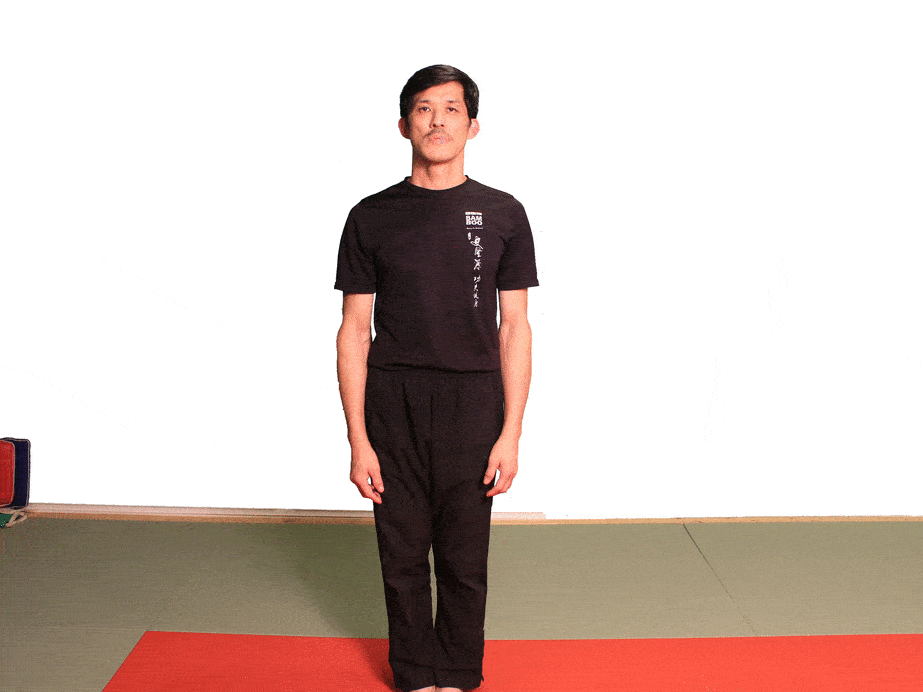
Forms are a set of pre-arranged sequences of kung fu techniques. In the foundation training form, all the techniques are practiced according to the pre-arranged sequence. Once committed to memory, mentally and physically, all the techniques need to be performed with good grounded balance, proper torso torquing, correct technique alignment to maintain kinematic chain which allows the proper energy channelling from the ground up.
Read less
Application Level
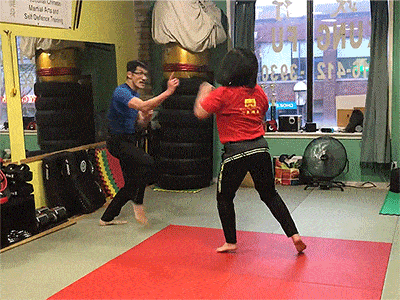
After gaining reasonable proficiency in technique execution at the Foundation Level, you will progress into applying CLF techniques under simulated pressure environment. A training partner will provide safe controlled-contact physical interaction so that you will get the simulated environment to practice CLF martial art techniques application.
.... Read more
-
Level 1: Self-protect personal perimeter space
- Training objective: Learn to repel challenger and protect personal perimeter space.
- Program duration: 6 months – 9 months of consistent training frequency
-
Level 2: Offence and encroach into challenger’s perimeter space
- Training objective: Encroach into challenger’s perimeter space and apply control of the pressure presented by challenger while avoiding being tagged by challenger. The environment is a controlled contact interaction between you and the partner.
- Program duration: 6 months – 12 months of consistent training frequency
Read less
You may be interested in:
Kung Fu performance at the 2023 Toronto Chinatown Festival
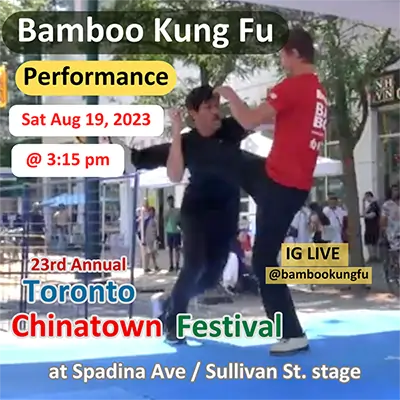
Bamboo Kung Fu students will perform Chinese martial arts on stage at the 23rd Toronto Chinatown Festival on Saturday, August 23, 2023. Our show will begin at 3:15 pm (UTC/GMT -4).
The martial arts show will be held at Spadina Avenue and Sullivan Street.
More - Martial art performance at the 2023 Toronto Chinatown Festival
Stances - The Most Important Secret in Martial Arts Practice
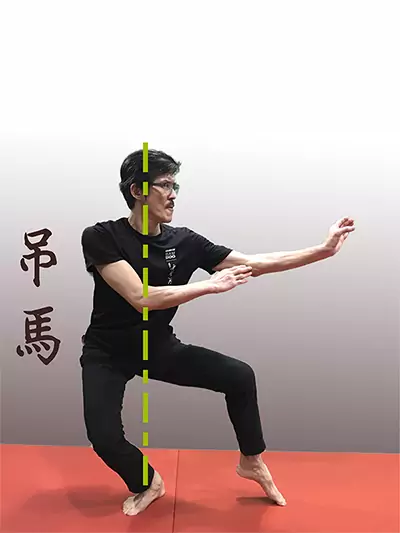
Stance is the ultimate foundation in martial arts practice. Stance is the essence of any kung fu practice. Without it, the quality and leverage of the kung fu techniques will not be effective.
More - Stances: the most important foundation in martial arts practice
Punching Power “Leaks”: How Bad Posture Lowers Punching Power
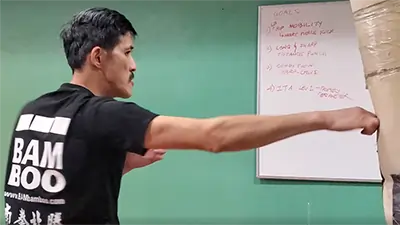
Does bad posture reduce punching power in kung fu? Yes. Forward-rounded shoulder posture reduces the leverage of the kinetic chain and affects punch accuracy, especially in Buk Sing Choy Li Fut kung fu.
More - How Bad Posture Causes Punching Power Leaks
Kung Fu Online Live Martial Arts Classes Long Distance Learning
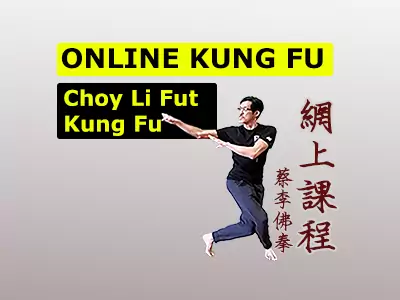
Online live interactive martial arts classes in the comfort of your home. Go to kung fu classes without travelling
More - Online Kung Fu classes
LIVE Online Kung Fu-Blind River, Elliot Lake, Thessalon, Bruce Mines
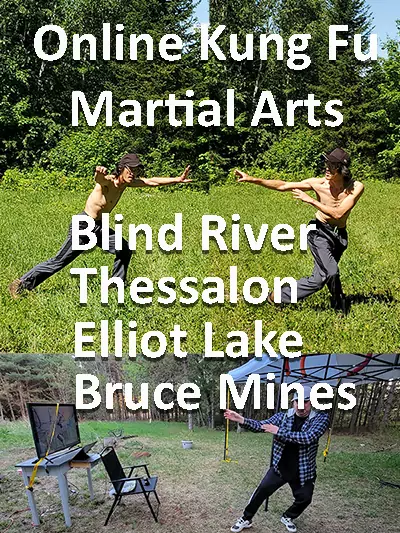
LIVE Online Kung Fu in the townships of Blind River, Elliot Lake, Thessalon, and Bruce Mines in northern Ontario.
Our online classes are cast LIVE from our location in downtown Toronto. Our online classes are Hybrid classes. This means the online classes are run together with in-person classes.
More - Online Kung Fu-Blind River, Thessalon, Elliot Lake, Bruce Mines in northern Ontario
Children kung fu

In-person and online options available.
Studies have shown the positive trends of long-term participation in physical activity programs such as martial art. Such programs help improve children’s executive functions i.e., creativity, flexibility, self-regulation, discipline, and working memory functions.
By instilling good movement patterns in the children’s kung fu program, children will gain the foundation which will set them up for a healthy and active lifestyle.
More about Children's kung fu
Essentrics™-stretching, strengthening, mobility full body exercise
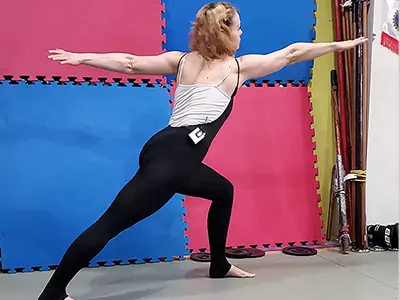
In-person and online options available.
Essentrics™ is a full-body workout that draws inspiration from ballet, Tai-Chi, that develops lean, strong muscles and improves your posture. The fluid and dynamic movements nature of the exercise is low impact and improves joint health. Lighten up your mood and move to the rhythm of the songs playlist.
More about Essentrics™
